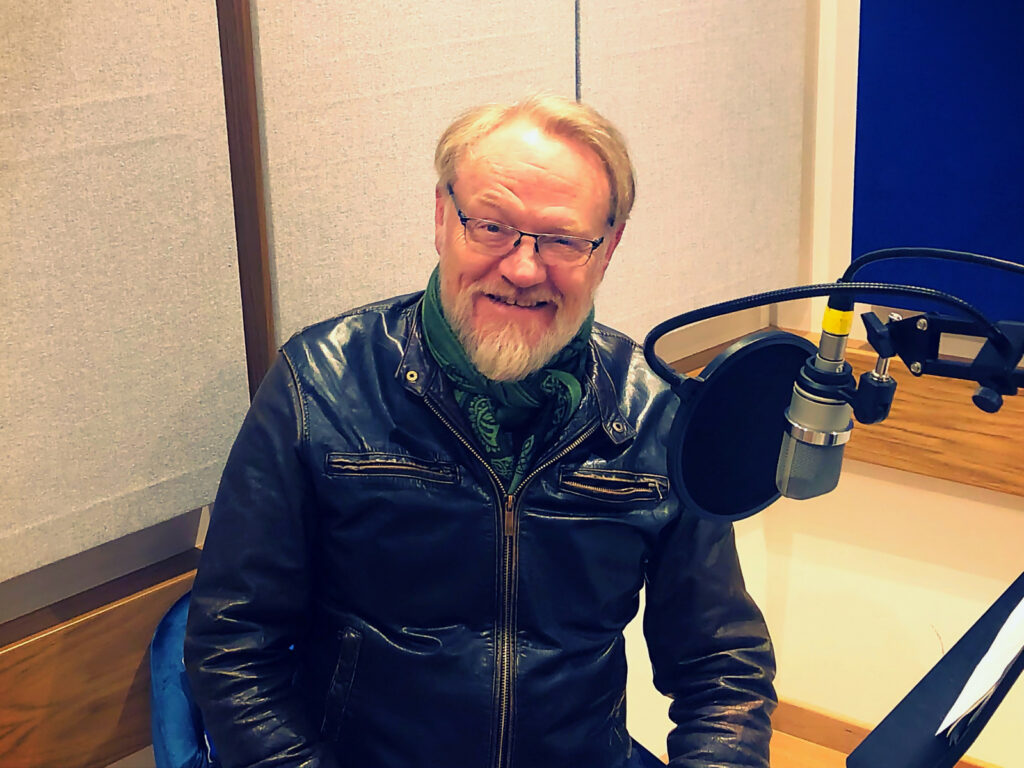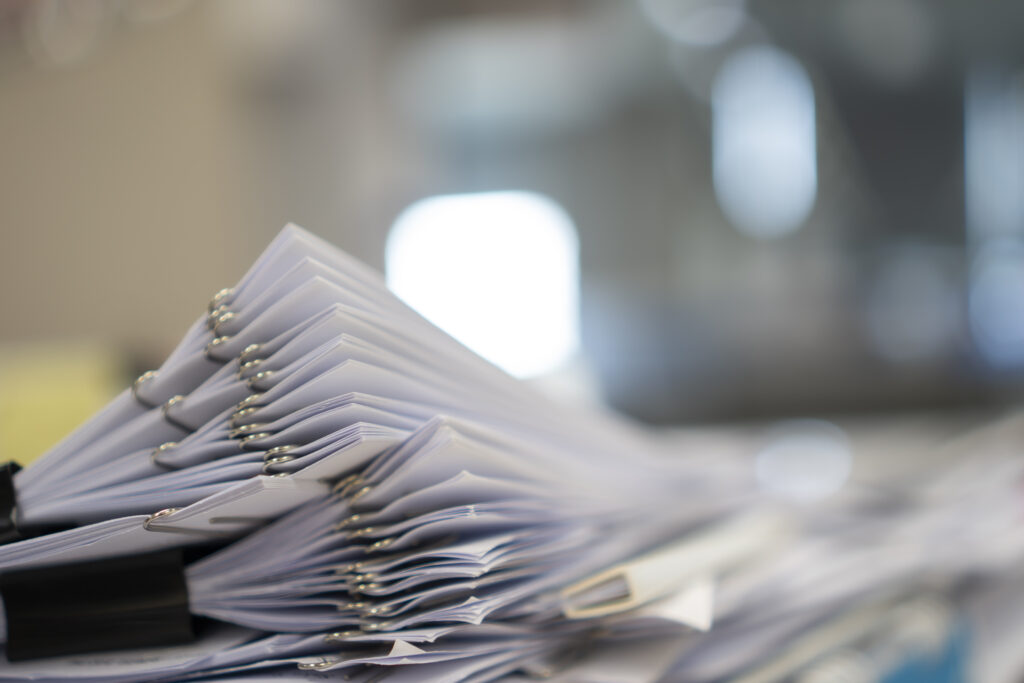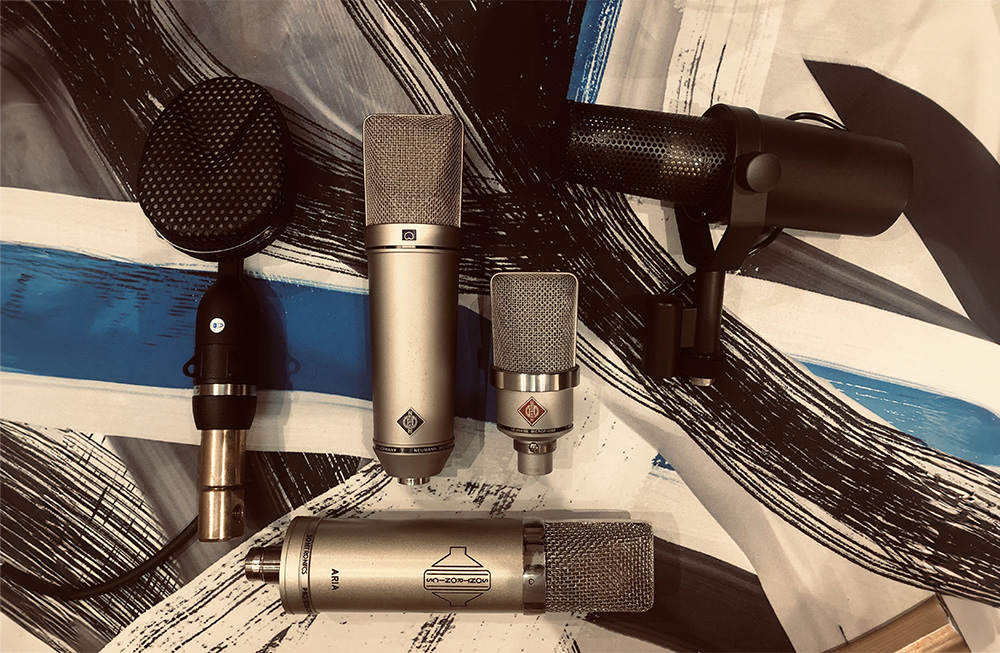Pulling off a flawless voiceover recording session can often feel like conducting an orchestra.
For producers, the stakes are high and the details are many. But fret not, as we’re here to guide you.
This article is designed to help you make the most out of your studio time and ensure a smooth, productive recording session. From time-saving tricks such as time stamps and line numbers to reference tracks and digital scripts. We’ve got you covered.
So put the kettle on and have a read.
1. Maximising workflow efficiency with time stamps during a voiceover session
The success of a voiceover recording session lies as much in the preparatory strategies as it does in the actual recording process. One technique frequently adopted by expert producers to enhance workflow efficiency is the use of time stamps.
As unexciting as it might seem, time-stamping script lines is an absolute life saver in the studio. This meticulous piece of prep work pays dividends particularly when you’re working to long-form pictures.

Shortcut navigation markers
The magic of time stamps lies in the ability to use them as shortcut navigation markers.
In practical terms, this means you can jump between time codes seamlessly at the blink of an eye, enabling the talent to glide through their lines with comfort.
Time stamps – a script’s best friend
Whether you need to sync dialogue with specific frames, pause for a dramatic moment, or set the pace for the performance, time stamps are your go-to tool.
Here are some practical tips for using timestamps:
- When dealing with extensive dialogue or long sequences in your script, aligning it with the respective time frame will make the job easier.
- Use a uniform format for your time stamps. Make sure they’re easily recognisable to everyone in the session.
- Start a new time stamp for each new scene or significant shift in the action.
- Always include these in the script sent to the voiceover artist beforehand. This will enable them to familiarise themselves with the flow of the script.
Time is money, so don’t waste either when recording your next voiceover. Utilise timestamps to your benefit.
2. The time-saving power of line numbers in VO scripts
In every voiceover recording session, the smallest details often lead to the most significant improvements in efficiency. Welcome to the world of line numbers.
Producers! Don’t sleep on line numbers
Line numbers act like a simple navigation system in your script, much like the markers on a roadmap.
And while their simplicity might not seem daunting, their impact is monumental. This is especially true in cases where you’re dealing with large voiceover scripts or recording VO in a foreign language. Imagine you need to get the talent to re-read a specific line…With line numbers, this process becomes a breeze.
All you need to do is call out the line number, and voila, you’re cooking with gas!
Avoiding the ‘Paper Chase’
Without line numbers, you run the risk of indulging in an unscripted (pun very much intended) game of ‘hunt the line’.
After all, few things interrupt the rhythm and flow of a session more than the sound of script pages flapping in the studio as you attempt to locate a specific line. Thanks to line numbers, these potentially frustrating disruptions can be avoided entirely.
The sound of rustling pages might be a useful addition as a sound effect when working to picture, but they’re not so welcome when recording a voiceover!
The compounding efficiency effect
One of the crucial things to remember is that in a recording session, every moment counts. Even something as straightforward as integrating line numbers into your workflow can save a significant amount of time in the studio.
A well-prepared script is half the battle won in ensuring a seamless, productive recording session. So don’t forget your line numbers!
3. Nail the tone of your voiceover recording with reference voice
Ever found yourself stuck trying to explain the precise tone, delivery and pace you want from the voice artist? Creativity is fuelled by imagination, but how do you explain that vivid sound living in your head?
At some point or other, you’ve likely used reference tracks when briefing music for commercials, but it can also be useful if you like a specific style of delivery, accent or tone.
A blueprint for your voiceover session
When time is tight, a reference recording can solve this problem almost instantly, serving as a guiding light for your talent. Both the engineer and the voiceover talent will pick up on the intricacies of the delivery and the recording, allowing them to make adjustments to help achieve the feel you’re looking for.
Initially, we always encourage the space for the voiceover artist to perform and interpret the script in their own way – after all, this is what they do for a living! But when guidance is needed, either for a alternative approach or because it’s not quite landing as intended, a reference recording can sometimes be a shortcut to set the tone quickly. It can help the voiceover artist understand the desired emotion, pace, and inflections that you are looking for without having to wrestle with subjective adjectives and metaphors to express your ideas.
A tool for consistency in broken-up recording session
Some voiceover projects can span multiple days or, in some cases, weeks. The talent might even need to come back to the studio months later due to last minute script changes.
Maintaining a consistent tone and delivery can become challenging in these situations. And while our engineers can work wonders in splicing different takes together, capturing takes that are delivered in a similar style and tone will always be easier.
Using a reference track, there’s a constant reminder of the tone, energy level and speed of delivery, ensuring continuity and consistency throughout.
Here are some pointers for you to harness the potential of reference tracks in your next voiceover recording session:
- Choose a reference track that aligns closest to your desired tone.
- Share your reference track with the talent and engineer ideally prior to the recording session, giving them time to digest, rehearse and prepare accordingly.
- Encourage open discussion about the reference track.
4. Staying flexible with digital scripts during voiceover recording
Anyone who’s spent time in a recording studio can attest to the turbulent journey of script changes. But what if there were a tool that could mitigate all the stress (and paper). Say hello to digital scripts…

Why producers love real-time amendments with digital scripts
Changes to your script are inevitable, and they often occur at the eleventh hour – sometimes even as you’re walking from the studio front door to the VO booth!
As a producer, you’re usually in the middle of the logistics here, so a cloud-based script document can offer a wonderful solution to this potentially messy process. With a digital script, you can make amendments at the click of a button, and these edits are shared with the engineer in real time. This means no re-printing, no resending, no fuss, and most importantly – no confusion.
Apart from the added flexibility, paperless digital scripts offer another under-appreciated benefit – a reduction in physical clutter and are better for the environment. No more dealing with heaps of crumpled papers and lost pages.
Efficient communication: the digital way
A digital script can enhance communication between you, the engineer, and the talent. By showing script changes in real-time, it ensures everyone is on the same page (pun intended!).
A warning though! Producers need to be contextually aware when using digital scripts, particularly regarding any individuals with script access who aren’t present in the studio. The last thing you want is a bewildered voiceover artist trying to read words that are being modified live by a remote creative.
Adapting to the digital age
Embracing digital scripts means adapting to the virtues of the digital age, where changes are swift, feedback is instant, and productivity is enhanced. So, streamline your voiceover recording process and say goodbye to unnecessary hassle and stress.
Here is a quick guide to effectively using digital scripts:
- Choose a reliable cloud-based platform that the whole team can access. We love Google Docs for this!
- Clearly label different script versions and changes, using the native versioning features in the software to your advantage too.
- Keep your edits concise and comprehensible.
- Encourage real-time communication and feedback within the document.
In our final section, we delve into a critical consideration for voiceover recording – microphone selection. Understanding the nuances of microphones can transform your recording session, resulting in a richer, better-suited voiceover.
5. Microphone selection: Why the recording studio should offer you options
The microphone is undeniably the pivot around which the quality of a voiceover recording revolves. Now, it’s time to dive into the nuances of microphone selection, an aspect that producers need to consider when aiming for that perfect sound.

The conversation before the voiceover session
Intelligent microphone selection begins even before the session starts, with a discussion with your sound engineer. Assisting them with insights about how you want the voiceover to sound and feel provides them a basis for selecting the right microphone.
It’s much like choosing the right instrument to define a particular feeling or mood in a song.
A good recording studio will have a decent variety of microphones available to use in a voiceover session. At The Futz Butler we have a vast array of modern and vintage mics to choose from. Check out the full list of all our studio gear.
Testing before recording
The first step in a session is to test different microphones.
It’s a great way to understand the unique tones, textures, and warmth each microphone brings to the recording. Keep in mind; there’s no ‘one-size-fits-all’ microphone. It depends on the talents voice, the required emotion, intensity, and the overall feel of the voiceover.
While the engineer might have an idea of what to use prior to the session, it’s worth giving a few different mics a try once the talent arrives. In any professional recording studio, time is an essence, and to save it, multiple microphones should be kept on standby in the live room. With this setup, the talent can be tracking on a new microphone in under a minute.
This swift adaptability ensures the session’s momentum is maintained and prevents you from wasting valuable studio time.
Developing a Microphone Strategy
To master the art of microphone selection, here is a quick guide for producers:
- Have a preliminary discussion with your engineer about the sound you want from your recording.
- Experiment with different microphones at the start of the session.
- Keep an open mind and be flexible as the recording session progresses.
In conclusion, understanding and implementing strategic microphone selection can significantly enhance the efficiency and quality of your voiceover session.
It’s your sonic palette at the end of the day, and choosing the right shades can ultimately paint your perfect audio picture.
In conclusion
Stepping into a voiceover recording session can seem daunting, but with the right tools and preparation, producers can thrive in this environment.
From enhancing workflow efficiency with time stamps and line numbers, to carefully selecting the right microphone, each detail has the potential to make a significant difference.
At our recording studios, we bring together world-class facilities, experienced sound engineers, and a welcoming vibe to create a space where your voiceover can truly shine.
Excited to see it for yourself? Don’t hesitate to reach out.
We would be delighted to have you down for a studio tour. Turn your creativity into reality and make your next voiceover project a resounding success.
Get in touch today!



